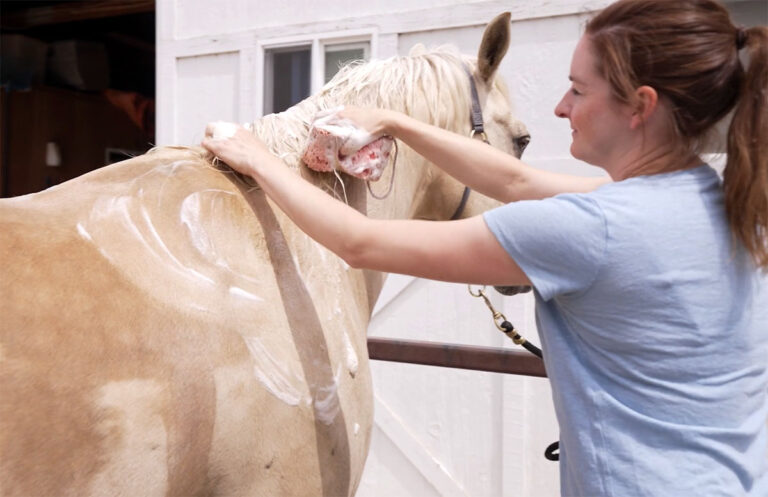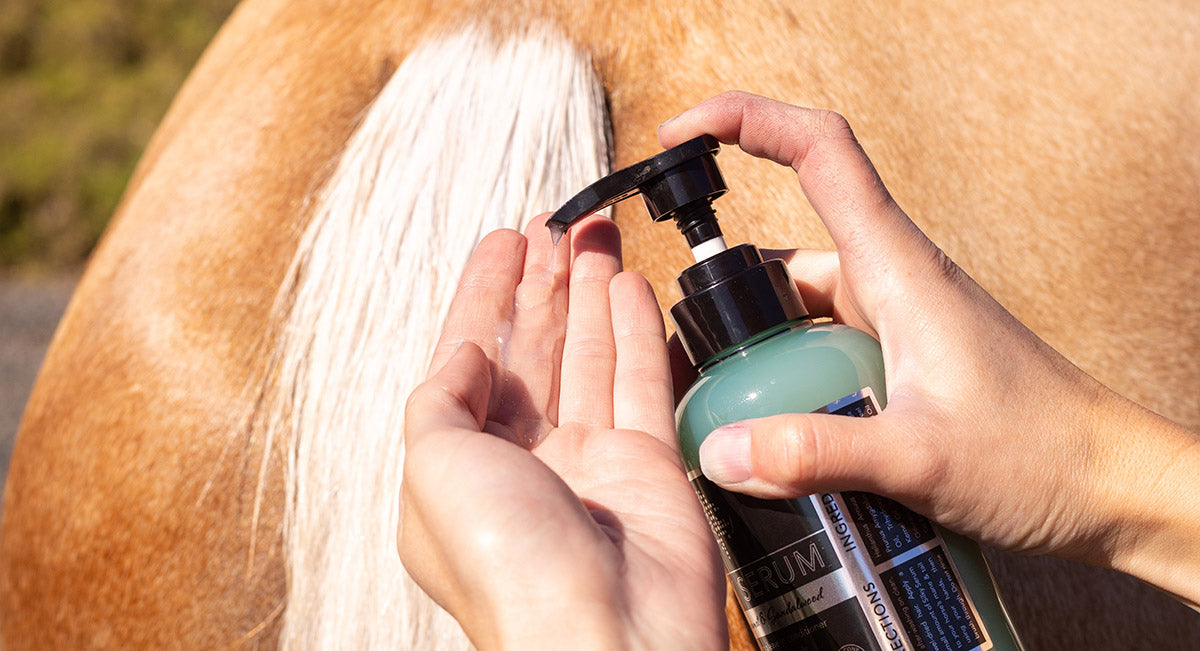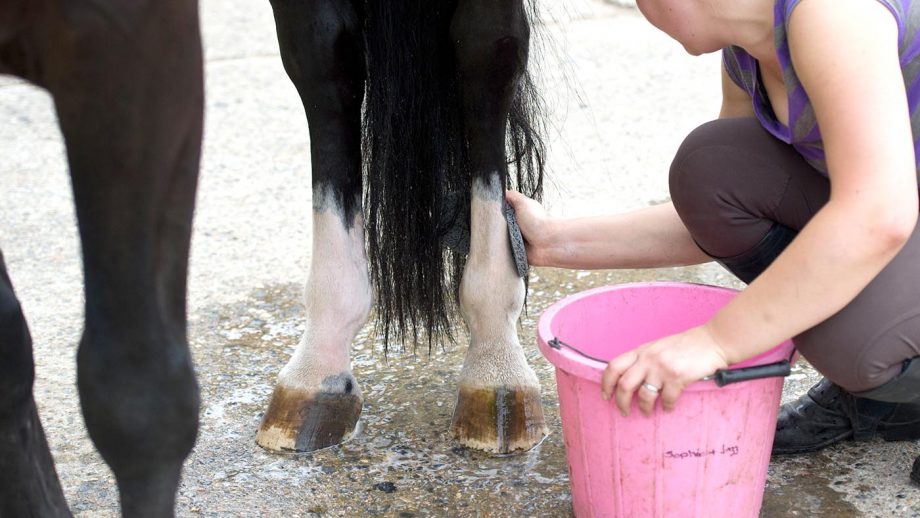Why do you brush a horse after riding? This question often arises among horse enthusiasts, especially those new to the world of equine care. Brushing a horse is not merely about aesthetics; it plays a significant role in maintaining the horse’s health and wellbeing. Furthermore, it strengthens the bond between you and your horse.
In this article, we will delve deep into the reasons behind brushing a horse post-ride, offering insights that enrich your equestrian experience. Our exploration will include a look into horse health, grooming techniques, the psychological benefits for both horse and rider, and more. Understanding these aspects can turn routine grooming into a cherished ritual.

The Importance of Post-Ride Grooming
Preserving the Horse’s Health
Brushing a horse post-ride is essential for their health. After riding, sweat and dirt accumulate on the horse’s coat. These can cause irritation or even skin issues if not promptly addressed. Regular grooming helps prevent these problems by removing debris and allowing the skin to breathe.
Enhancing Circulation and Muscle Recovery
Post-ride brushing stimulates blood flow and aids in the recovery of muscles after exercise. The gentle massage effect of brushing helps distribute natural oils, keeping the coat shiny and healthy while promoting healing in muscles that worked hard during the ride.
Psychological Benefits for Horses and Riders
Building Trust and Affection
The time spent grooming allows for bonding between horse and rider. Horses enjoy the sensation of being brushed, which provides a calming effect and helps build trust. Through consistent grooming, you develop a strong, affectionate relationship with your horse.
Understanding Your Horse’s Condition
While grooming, you get the opportunity to inspect your horse for signs of injury or discomfort. A routine check during brushing can alert you to small cuts, swelling, or unusual stiffness, allowing you to address health concerns promptly.
Essential Grooming Tools
To effectively groom your horse post-ride, it’s important to have the right tools. A regular kit includes a curry comb, stiff and soft brushes, hoof pick, and mane comb. Each tool serves a specific purpose in ensuring thorough grooming and is vital in maintaining your horse’s coat and hoof health.
Curry Comb
This tool is used to loosen dirt and stimulate circulation. It is typically the first grooming tool used post-ride to remove dried sweat and dirt, preparing the coat for further brushing.
Stiff and Soft Brushes
These brushes remove debris and smooth the coat. The stiff brush tackles tough dirt, while the soft brush offers a gentle finish that removes finer particles and brings out the coat’s natural sheen.
Step-by-Step Brushing Technique
Starting with the Right Side
Begin by standing on the horse’s right side. Use the curry comb in circular motions from the neck down to the hindquarters. Follow with a stiff brush, then a soft brush to polish the coat.
Moving to the Left Side
Repeat the same brushing process on the left side. Be consistent in pressure and rhythm to ensure your horse remains comfortable and calm throughout the grooming session.
Common Myths and Misconceptions
Do Horses Really Need to Be Brushed?
Some believe brushing is unnecessary for horses that are not shown. However, grooming is vital for all horses as it affects their health, comfort, and happiness.
Can Over-Brushing Harm the Horse?
While regular brushing is beneficial, it is important not to overdo it, especially with forceful strokes that could irritate the skin. Gentle, regular grooming is key.
Additional Resources for Horse Care
For comprehensive advice on horse care and grooming, consider visiting equine-specific sites for detailed articles on topics such as when to blanket a horse and information on horse equipment like saddles and stirrup leathers.
Conclusion
Brushing your horse after riding is more than a necessary chore; it is an essential practice that benefits both horse and rider. From health and hygiene to building trust and recognizing health issues early, grooming enriches your horse care routine. Embrace this opportunity to connect with your horse and nurture its physical and emotional wellbeing.

FAQs
What happens if I don’t brush my horse after riding?
Neglecting to brush your horse can lead to skin irritations, infections, and a stressed, uncomfortable horse.
How often should I brush my horse?
Ideally, brush your horse before and after each ride to maintain their coat and health regularly.
Can brushing a horse replace bathing?
No, while brushing helps keep a horse clean, occasional bathing is also necessary to remove deep dirt and refresh the coat.







